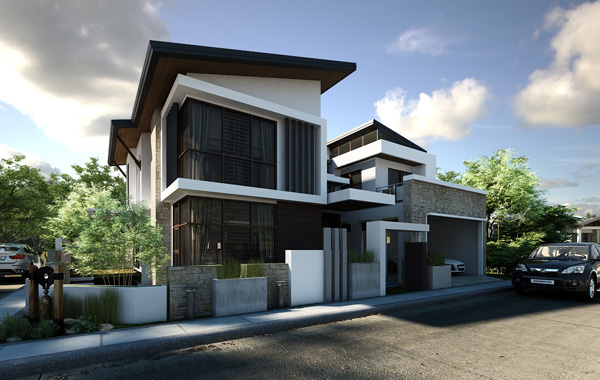Things at times will not go as per plans. There are times when you will propose ideas that the GOD will dispose of. It is all the more applicable in the realm of construction. At times, the weather conditions undergo a sea change in the middle of the work, putting the entire plan into rough weather. So we are, discussing how to deal with the rendering during various conditions.
To start with, one thing that you need to keep in mind that you can render during summer as well as during winter. However, the rainy season has a perpetual enmity with rendering, and hence, it needs to be kept out of the scope of this discussion.

Rendering in Hot Weather
As per the experts, it is not a good idea to take up the task of rendering once the temperature crosses 30 degrees. However, this is only an advise that applies to papers – not in real life. That is the reason, when it comes to rendering during hot summer days it is advisable not to carry out rendering under direct sunlight. This is because the render will dry out a bit too fast, and when that happens, there is a high chance that it will result in cracking, which will damage the surface altogether. Besides, it will only result in a patchy finish.
However, the rendering professionals in Brisbane follow another trick. Some of them start working before the sun fully rises. In fact, some companies start working at around 5 in the morning. Also, they begin rendering the wall at first that do not receive direct sunlight. Then they follow the sun around the structure, working on the walls, which are in the shade. This is a typical way of rendering in summer, preventing the render from drying out too fast in direct sunlight.
Another way of rendering in summer, but still preventing the cracks from appearing is wetting the walls before rendering. Even applying a primer will help a lot. It will restrict the capacity of the substrate to absorb moisture. When the weather is too hot, the standard masonry will dry out extremely fast, and the substrate’s absorptive capacity will be pretty high. Presence of the primer will ensure the substrate is stopped from absorbing excess water from the render, drying it up, which will lead to crack when curing is underway.
Rendering in Cold Weather
Rendering in cold weather comes up with other challenges. During winter, the render may not dry out faster. When that happens, the render will retain the moisture content too long, and this trapped moisture will cause damage to the render.
Thus, in most of the cases, experienced house rendering professionals in Brisbane would apply a slender coat of render when rendering in cold conditions. The reason being, it is a dry-mix render, and hence, it dries up much quicker than the other forms of rendering coats.
Therefore, you see, there are two different approaches when it comes to rendering in two different seasons. That is why you need to put your money on a seasoned company that offers rendering services in Brisbane. It will pay off!
The author owns a house rendering company in Brisbane and is also a regular blogger who writes on various rendering topics.

Post new comment
Please Register or Login to post new comment.